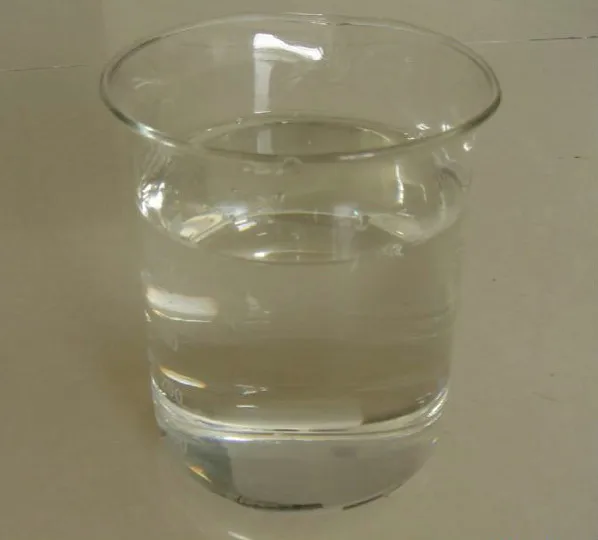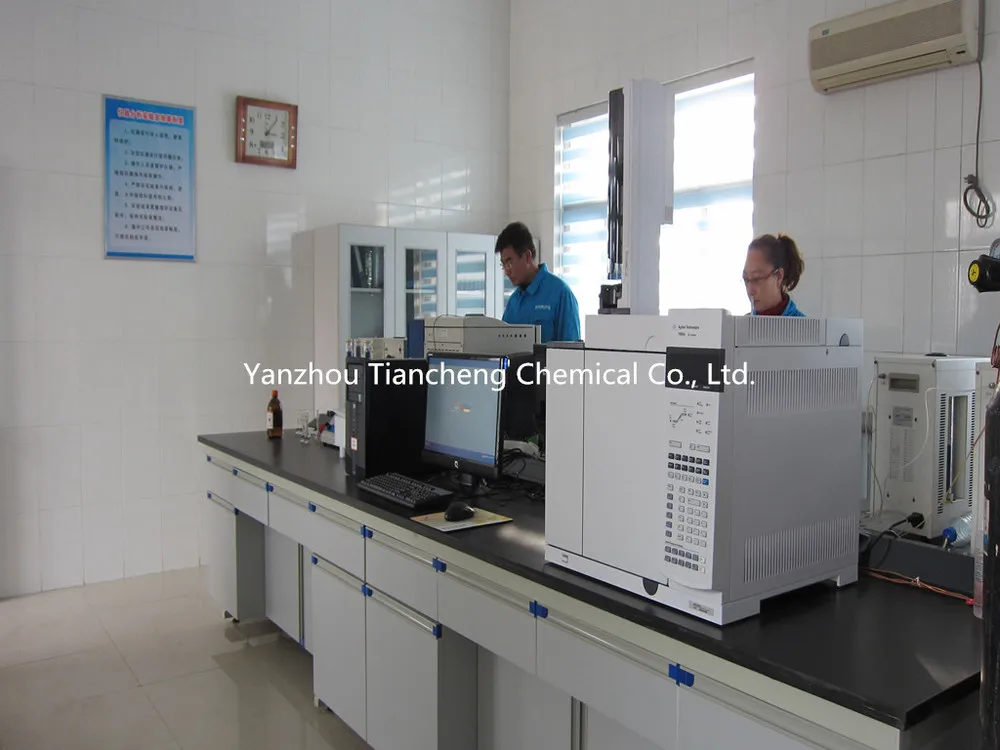The overall technical level of bearings in the world has made remarkable progress in the past 30 years. High precision, high speed, high reliability, long life, maintenance-free and standardization, unitization and generalization have become the basic technical signs of bearings. The achievements in bearing basic technology advancement, structural improvement of general-purpose products, special bearing unitization and development of ceramic bearings have been most remarkable.
(1) Basic theoretical level. Bearing basic theory mainly refers to the theory related to bearing life, rated load and limit speed. From 1980 to 1998, Ioanndeshe and Harris proposed the contact fatigue life theory to improve the bearing life calculation method. The latest theory of static load rating gives the maximum rolling element contact stress of various types of bearings corresponding to the permanent deformation of the bearing, which is equivalent to one-tenth of the rolling element diameter. The study of the limit speed of the bearing proposes the definition and limitation of the limit speed. Scope and conditions of use.
(2) Design technology level. Bearing design theory has been greatly developed, and finite difference method, finite element method, dynamics and pseudo-dynamics, elastic fluid dynamic lubrication theory, etc. have been proposed and applied. In line with this, computer-aided design has been calculated in bearing design in various countries. It is widely used. The internal structure of the bearing is improved, mainly including reducing the wall thickness of the ferrule, increasing the diameter and length of the rolling element, using the logarithmic busbar crown roller, changing the structure and parameters of the cage, changing the guiding mode, and increasing the inner seal of the bearing to improve the rib contact. Wait.
(3) Technical level of bearing products. Today's bearing product development has five distinctive features: 1 adhere to standardization, serialization, generalization; 2 to light weight, functional component, unitization and intelligent development; 3 products to high speed, high precision, high reliability , low friction, low vibration and low noise development; 4 adoption and development of computer-aided design (CAD), computer-aided manufacturing (CAM) and computer integrated manufacturing system / information management system CIMS / IMS) technology; 5 using modern high technology Such as new steel grades, new engineering ceramic materials, surface modification technology and new design structures.
(4) Process and process equipment level. In industrialized countries, large-scale standard bearings are manufactured with high-efficiency and high-precision automated equipment. For larger batches, they are organized in automated production lines, automated workshops and even automated plants. The heat treatment controls the residual content according to the dimensional stability requirements; the quantitative quantitative control is carried out according to the impact performance requirements; the reasonable hardness and matching are designed (the ferrule and the rolling element have different high hardness); in order to obtain a long life, the fine grain is studied. The requirements for the non-oxidation heat treatment process; in order to improve the impact toughness of the material, the bainite quenching process was developed. In addition, surface engineering technology is also widely used, such as laser surface impact enhancement, ion implantation and so on. In terms of machining, it has developed into high-precision, high-volume, standardized production, high-quality, high-efficiency and low-cost, and has adopted a large number of composite processes and automated production lines. The ferrule forging uses refined and semi-refined processes and equipment, such as high-speed upsetting machines, multi-station presses and cold heading machines to improve material utilization, reduce cutting volume and reduce post-processing costs. Grinding processing takes high speed and high efficiency as the development direction, and at the same time vigorously develops the grinding-super-finishing automatic production line, applying new technologies such as CBN grinding wheel grinding, adaptive grinding, on-line measurement and automatic fault diagnosis, and equipped with automatic bearing assembly line. To ensure productivity and stabilize product quality. Nano-scale bearing processing and measurement technology has made progress. At present, it has been able to carry out metallurgical quality testing of raw materials, heat treatment of parasitic detection, closed-loop control system for on-line detection of automated production line processing, high-precision roundness measurement technology and error compensation technology. Bearing inspection instruments are developing in the direction of networking, intelligence, virtualization and nanotechnology. High-precision nano-roundness measuring instruments, industrial CT non-destructive testing technology and laser technology are also applied in the bearing industry.
I. Introduction
Cationic Fixing Agent is polyelectrolyte, consists of a series of organic synthesis with low molecular weight and strong cationic, which is generally 100% cationic. Product character is aqueous solution.
II. Performance Indicators:
1. Appearance: colorless to pale yellow viscous liquid
2. Solid content: ≥ 50%
3. PH: 2 ~ 6
4. Viscosity: 50 ~ 200 mpa.s

III. Application Field
Used in paper pulp as a cationic fixing agent. Usually the slurry contains colloidal particles consisted of fiber materials, additives and water, which are with anionic charge and interfere the papermaking process, so it is also known as anionic trash; the interference is mainly in the following aspects:
1. Influence wet chemical additives` normal function, especially for cationic retention and drainage aids, sizing agent; or cause to increase the amount of wet chemical additives;
2. Deposits in the paper machine system; interfere the efficient papermaking process.
3. COD discharge of sewage systems, increasing the load on the sewage treatment plant. Recommended for use in mechanical pulp, chemi-mechanical pulp, and secondary fiber pulp slurry and coating waste stuff. Anionic trash neutralized by fixing agent can be bonded to the fibers so as to be taken away by paper sheets.

IV. Methods of Application
Adding methods: excellent water-solubility; can spread out in water instantly. Dosing pump is generally used to drive it into a static mixer or a mixing pump , mixed with water, diluted to about 0.2% of the dissolved solution, and then into the slurry system.
Adding point: the general adding point is in the front of flow system, that is, before the machine chest or fan pump; or add in the pulp plant. Which is taken into consideration for the reaction time of the cationic fixing agent polymer molecules and garbage, also need to time and space for other wet end additives. According to the slurry source, sometimes you need to select two or more points to add. When the slurry contains a source of coated broke, generally requires additional anionic trash Fixative in the transport of the paper sheet.
Adding dosage: anionic trash content in the slurry is usually gauged by the cationic charge contents measured by PCD (particle charge analyzer) in the slurry. The measure will directly show the dosage tips, but the real dosage depends on the practical application. For general slurry, the recommend amount is in the range of 0.3kg ~1.8kg/t dry pulp.
V. Safe Operation
1. Cationic fixing agent is a water-soluble polymer, dissolved in water in a highly slippery state and avoid to spill on the floor. If spill, shall timely absorb with sand, sawdust.
2. Wear gloves, wear overalls to operate.
VI. Storage
The product should be kept sealed, stored in cool, dry, ventilated places, and appropriate temperature should be 10-30 ℃.
VII. Package
200 kg plastic drums or 1000 kg PE IBC drum.
Fixing Agent
Fixing Agent,Fixer,Anionic Trash Catcher,Charge Neutralizer
Shandong Tiancheng Chemical Co., Ltd. , https://www.tianchengchemical.com